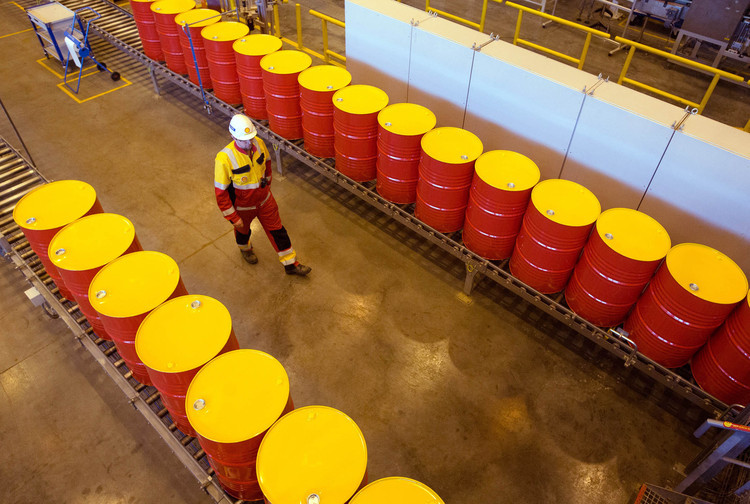
Oil advanced as weekly industry data showed U.S. crude inventories declined, trimming supplies that are at the highest seasonal level in at least 30 years.
Futures climbed as much as 2 percent in New York after rising 5.4 percent the previous three sessions. Crude stockpiles fell by 12.1 million barrels last week, the American Petroleum Institute was said to report. A similar decrease in government data Thursday, which is forecast to show an expansion, would be the largest since 1999. It will be too early for Iran to discuss freezing output when global producers meet later this month, according to an official from the Persian Gulf nation’s state-oil company.
Oil rallied in August partly on speculation that members of the Organization of Petroleum Exporting Countries and other producers would agree on measures to stabilize the market. Saudi Arabia’s Energy Minister Khalid Al-Falih said on Monday there’s no need to freeze output now and he’s optimistic the meeting in Algiers would lead to an agreement. A deal to cap production was first proposed in February but a gathering in April ended with no final accord.
“The size of inventories around the world are a headwind for oil prices,” said Ric Spooner, a chief market analyst at CMC Markets in Sydney. “If government data backs up the API figures, and we saw a decline in inventories instead of a build, then that would be a positive development.”
U.S. Stockpiles
West Texas Intermediate for October delivery rose as much as 92 cents to $46.42 a barrel on the New York Mercantile Exchange and was at $46.37 at 2:09 p.m. in Hong Kong. The contract gained 67 cents to $45.50 Wednesday. Total volume traded was about 2 percent below the 100-day average.
For a story on the oil market outlook from traders, click here.
Brent for November settlement climbed as much as 86 cents, or 1.8 percent, to $48.84 a barrel on the London-based ICE Futures Europe exchange. The contract added 72 cents to $47.98 Wednesday. The global benchmark traded at a $1.80 premium to WTI for November delivery.
U.S. gasoline stockpiles slid by 2.34 million barrels last week, the API said, according to people familiar with the figures. Nationwide crude inventories probably increased by 905,000 barrels, according to the median estimate in a Bloomberg survey before an Energy Information Administration report.
Iran will be ready to decide on capping production once output reaches what it was before international sanctions were imposed on the country, Mohsen Ghamsari, director for international affairs at state-run National Iranian Oil Co., said in an interview in Singapore Thursday. That level is “slightly” above 4 million barrels a day, which may be achieved by the end of 2016 or early next year, he said.
Oil-market news:
Iran is pumping 3.8 million barrels a day, Ghamsari said in Singapore Wednesday. International sanctions on the nation were lifted in January. Iraq’s oil production will continue to grow, rising as much as 150,000 barrels a day per year in the near term, Falah Al-Amri, the head of Iraq’s Oil Marketing Co., said at a conference in Singapore Thursday. China’s crude oil imports in August increased to the highest daily average in four months, according to data from the General Administration of Customs on Thursday.